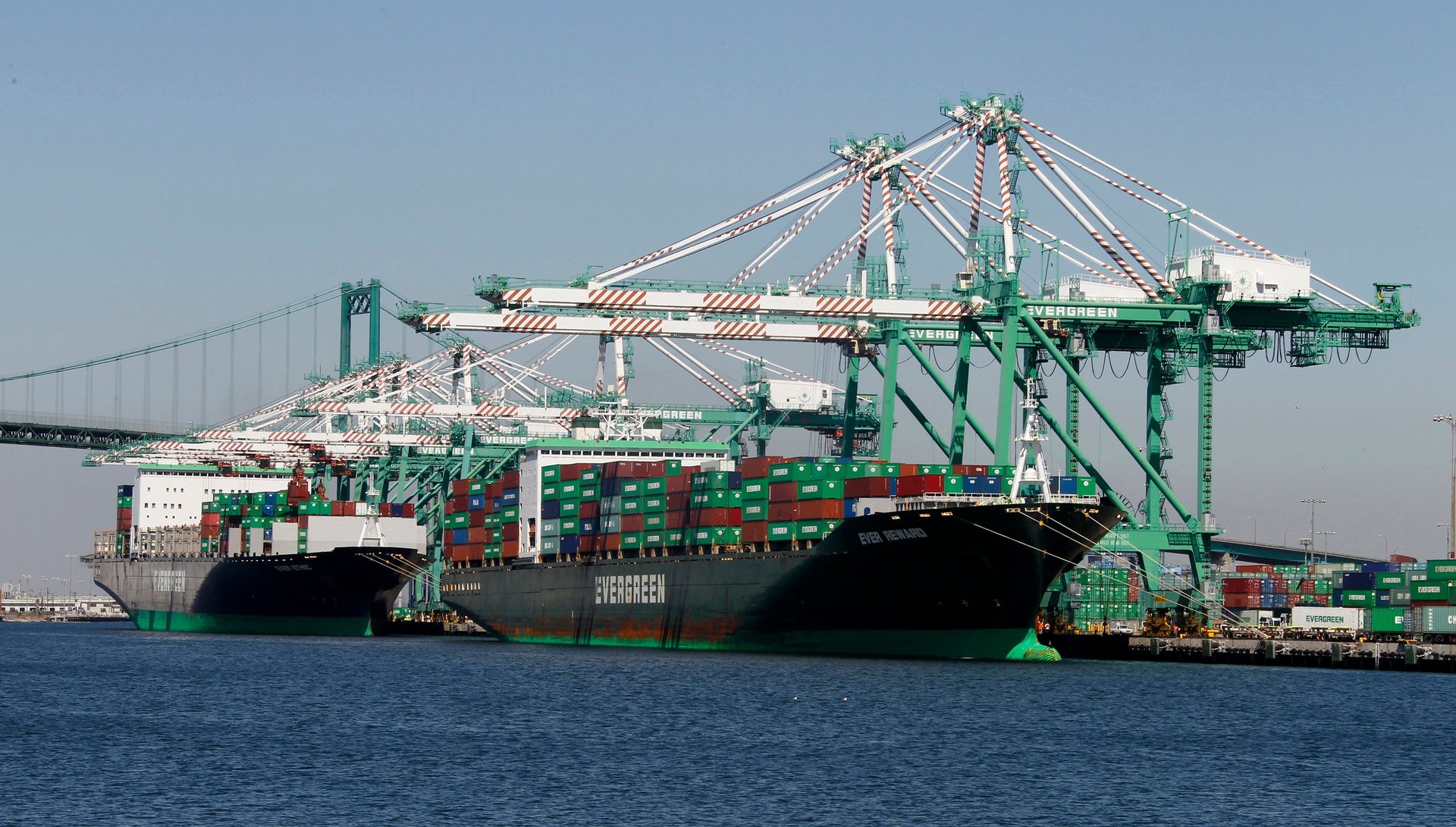The US imported more from Mexico than China for the first time in decades
The US also turned to Europe and other countries for imports last year, data shows

For the first time in two decades, US imports from Mexico surpassed those from China, according to data from the US Census Bureau, signaling a shift in global trade due to tensions between the US and China.
Suggested Reading
The US’s trade deficit, which represents exports minus imports, with China fell, with imports falling 20% to $427.2 billion last year, noting that consumers and businesses in the US also turned to Canada and countries in Europe and Asia to import goods such as auto parts and raw materials. Meanwhile, exports from Mexico to the US were worth $475.6 billion, staying close to last year’s number.
Related Content
While the US’s total trade deficit slimmed to 18.7% last year, its exports around the world increased in 2023. However, the report shows US consumers and businesses bought less goods such as crude oil and cellphones, leading imports to fall.
In January, US Census Bureau data showed that US imports from China from January to November 2023 fell over 21% when compared to the same period the previous year, while US imports from Mexico grew almost 5% at the same time.
The Census Bureau also reported that Chinese imports to the US from January to November 2023 made up 13.9% of the US’s total imports—its lowest level since 2004. At the same time, Mexico’s share of total imports to the US grew to 15.5%, which was a record high.
The recent fall in Chinese trade with the US is partially due to high demand during the pandemic, the New York Times reported, noting that during the pandemic, US consumers bought many Chinese-made products.
“The world couldn’t get access to enough Chinese goods in ’21, and it gorged on Chinese goods in ’22,” Brad Setser, an economist and senior fellow at the Council on Foreign Relations, told the New York Times. “Everything has been normalizing since then.”
